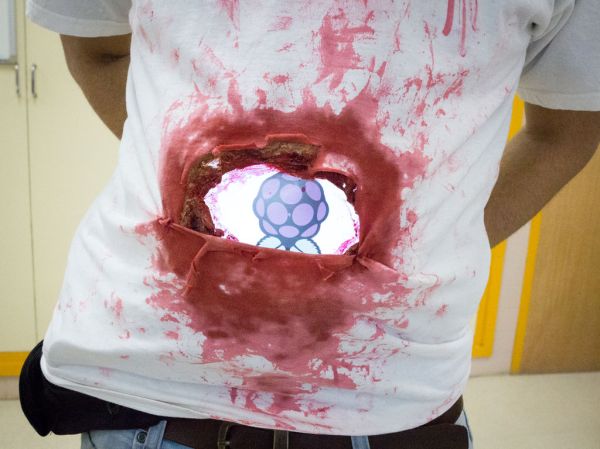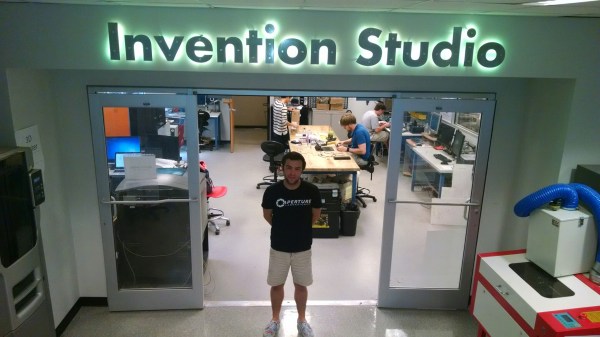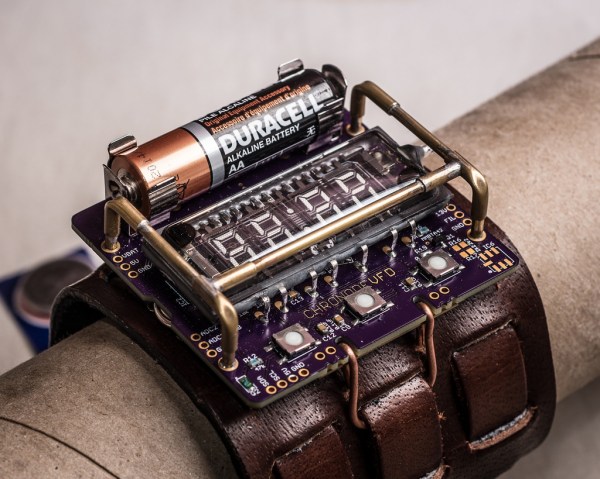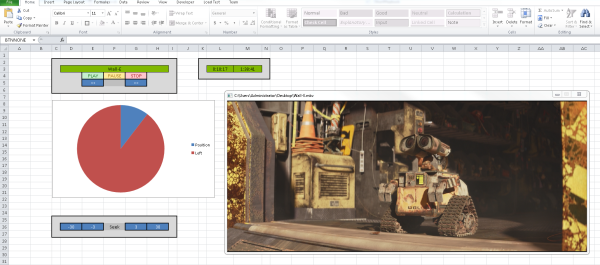Kickstarter isn’t the solution to every manufacturing hurdle, you know? Crowdsourcing—everybody’s favorite cliché to invoke after sharing their less-than-half-baked merchandise idea—has expanded to include yet another variation, and is currently rocking [Max Thrun’s] BeagleBone GamingCape thanks to [Jason Kridner]. If the cape looks familiar, it’s because we featured it earlier this summer, when [Max] created it as part of TI’s Intern Design Challenge.
Here’s how it works. Rather than asking strangers to place pre-orders (let’s admit it, that’s ultimately how Kickstarter functions), CircuitHub campaigns work as a group-buy: upload your KiCad, Eagle or Altium design and a BOM, and you’re on your way to bulk-order savings. As [Kridner] explains in his blog post, you’ll have some finagling to do for your campaign to be successful, such as choosing between prices at different volumes, projecting how many people need to buy in as a group, etc. When he sourced the parts on his own, [Kridner] spent nearly $1000 for a single GamingCape. The CircuitHub campaign, if successful, would land everyone a board for under $100 each—and it’s assembled.
Who needs Kickstarter; that’s hard to beat.

















